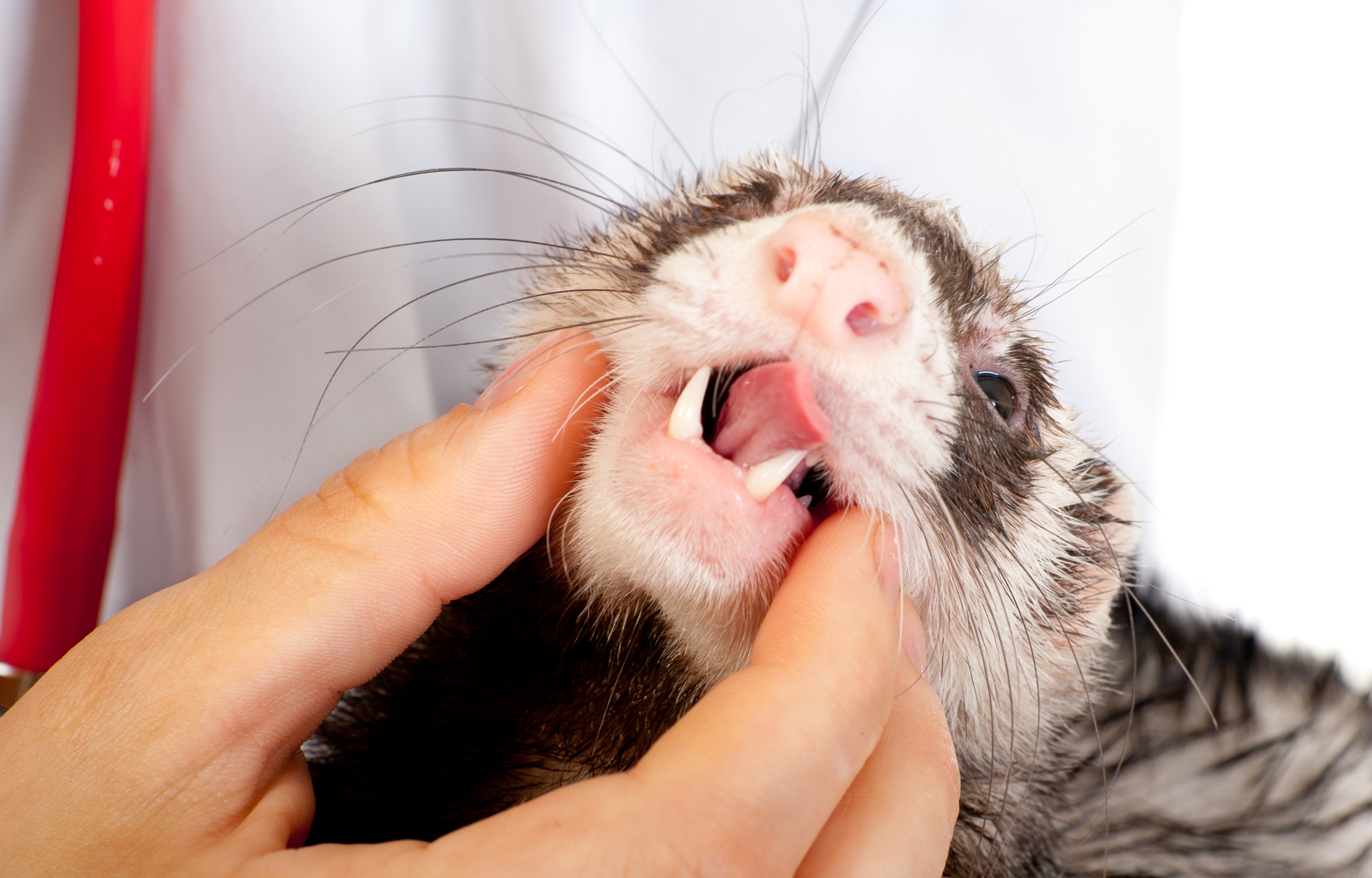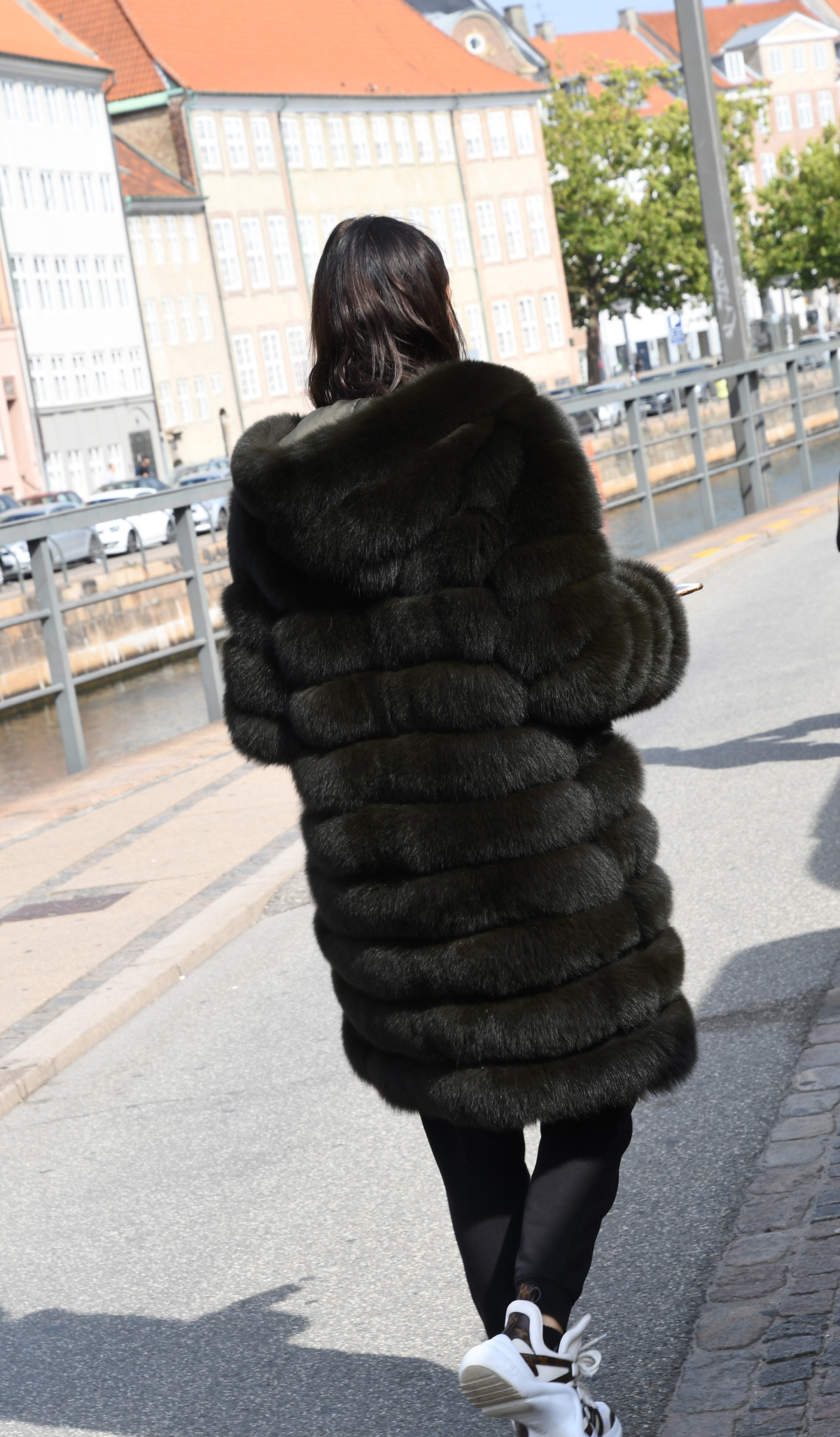Caring Is Fringe Not Mainstream
Why are so few affected by the mass culling of animals?

Image puhhha
Lynn Johnson
1 December, 2020
Denmark, Italy and Spain, the Netherlands, Sweden and the United State have all reported the presence of the coronavirus in farmed mink. Denmark is the world’s largest producer of mink fur, with around 1,500 breeders, generating 16 million skins annually, the “raw materials” for coats, bags, fur trims and key fobs.
With the widespread culling of these intensively bred animals and the heart-wrenching images of millions of little bodies being dumped into mass graves, why is it that there has been so little public outcry? We must face the fact that most people simply aren’t affected by this distressing outcome. Setting aside empathy and ethics, what may engage more people? Could it be the irony that it is the ferret, an animal from the same family group as mink, that is the go to animal used in the race to produce a COVID-19 vaccine?
Why? Because “Ferrets are a mainstay of research on respiratory disease, because such viruses not only infect them but produce symptoms that mimic the human disease. Infected ferrets even sneeze and spread flu through the air.”
Yes, that’s right, epidemiologists use ferrets because they are susceptible to the same type of respiratory diseases as humans. So, while there is a lack of empathy regarding the miserable, short lives these animals have in industrial scale captive breeding facilities, there must be some acknowledgement of the sheer stupidity of putting humans at risk by breaching the line between us and mink to manufacture a nonessential product.

Image Toxawww
A World Health Organisation statement about this includes “This event highlights the important role that farmed mink populations can play in the ongoing transmission of SARS-CoV-2 and the critical role of strong surveillance, sampling and sequencing SARS-CoV-2, especially around areas where such animal reservoirs are identified. The preliminary findings by Denmark are globally relevant“.
When the 1980s anti-fur campaign stated “it takes 40 dumb animals to make a fur coat, but only one dumb animal to wear it” it could not have predicted that the “one dumb animal” was supporting an industry that is happy to ignore pandemic risks. The fur industry has played a forty-year game to drive back up the desire for its product, nudging and desensitising both emerging designers and younger consumers to accept fur.
The degree to which these vested interests have been ignored can be highlighted by looking at Denmark alone. Remembering that the country is the world’s largest producer of mink, it is interesting to point to the Copenhagen Fashion Week, Sustainability Action Plan 2020-2022, which was launched in January 2020.
This action plan doesn’t mention the words ‘fur’, ‘animal’, ‘wildlife’ or ‘CITES’ (the regulator of endangered species used in the legal trade of wildlife). Is the omission of fur in the sustainability action plan accidental or deliberate?
So just what will it take for exotic and endangered species to be factored into the sustainable fashion strategy? Should any company that promotes the desire for an unnecessary ‘product’, to the point that intensive farming is needed in the supply chain, be prepared to forfeit profits if a zoonotic pandemic results from the trade?
While there has been a focus on China and wet markets, too many articles and commentators have clinically sidestepped the role of captive breeding and wild harvesting, for the apparel, beauty, food, medicine and the exotic pet industries; all of which contribute to the risks of future pandemics.

Image Deanpictures
The complete apathy, and lack of empathy, to this mass slaughter of animals, from the majority of people, means a different type of approach to regulation and communication is needed to get their attention. There needs to be a risk premium attached to the products, and business needs to be forced to accept liability for their farming practices.
Because this mass dumping of little bodies hasn’t just happened because of the global pandemic, as this haunting image from the linked National Geographic article shows. Once the valuable fur is stripped away, the industry dumps the skinless bodies of millions of mink in to container bins.
And, do you really want to know what happens next, or are you just willing to take the risk?
Link to National Geographic article

Subscribe To
[mc4wp_form id=”29″]





